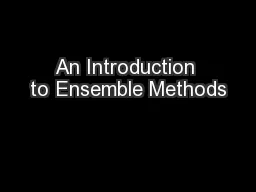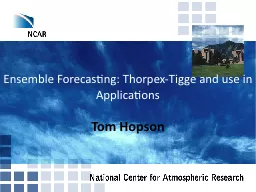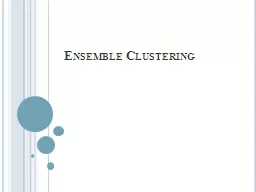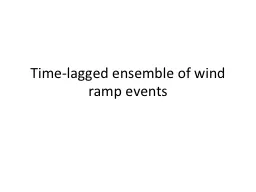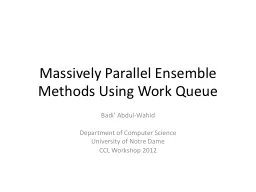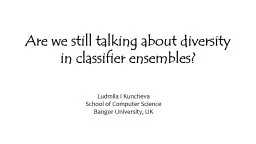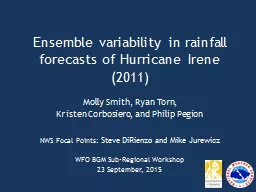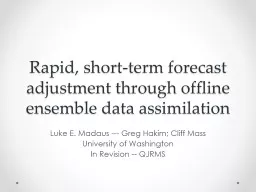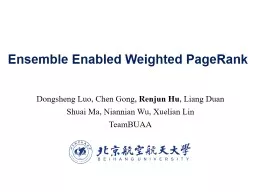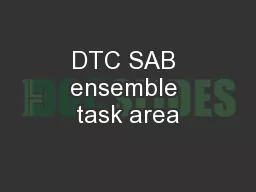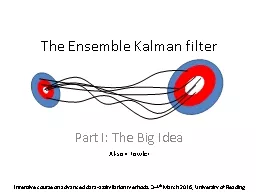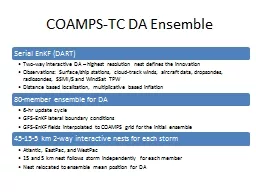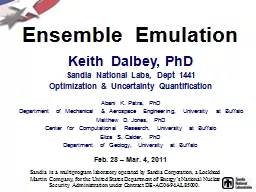PPT-An Introduction to Ensemble Methods
Author : luanne-stotts | Published Date : 2015-12-10
Boosting Bagging Random Forests and More Yisong Yue Supervised Learning Goal learn predictor hx High accuracy low error Using training data x 1 y 1 x n y n Person
Presentation Embed Code
Download Presentation
Download Presentation The PPT/PDF document "An Introduction to Ensemble Methods" is the property of its rightful owner. Permission is granted to download and print the materials on this website for personal, non-commercial use only, and to display it on your personal computer provided you do not modify the materials and that you retain all copyright notices contained in the materials. By downloading content from our website, you accept the terms of this agreement.
An Introduction to Ensemble Methods: Transcript
Download Rules Of Document
"An Introduction to Ensemble Methods"The content belongs to its owner. You may download and print it for personal use, without modification, and keep all copyright notices. By downloading, you agree to these terms.
Related Documents

